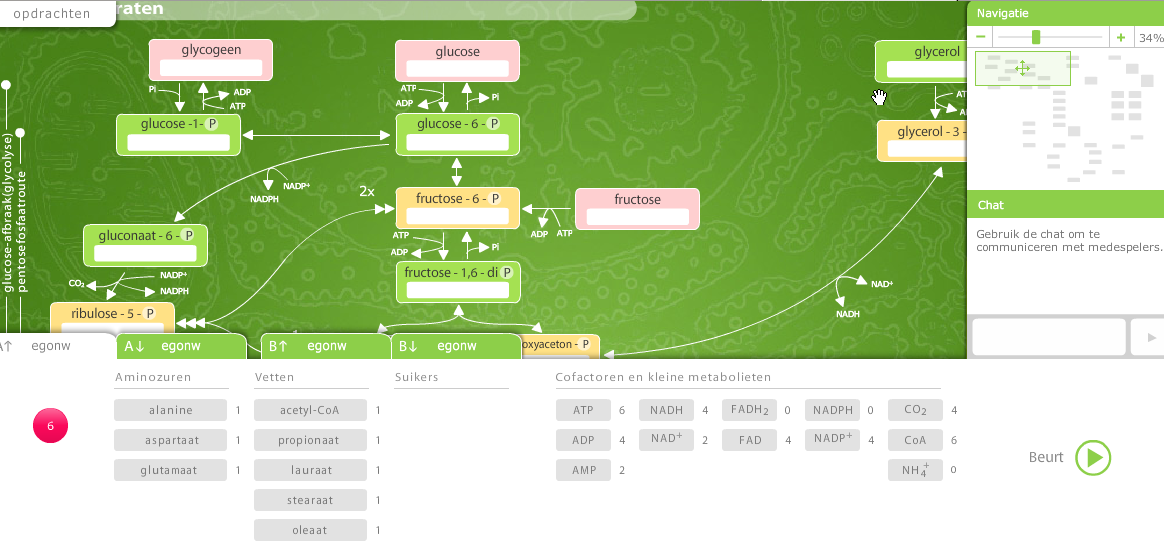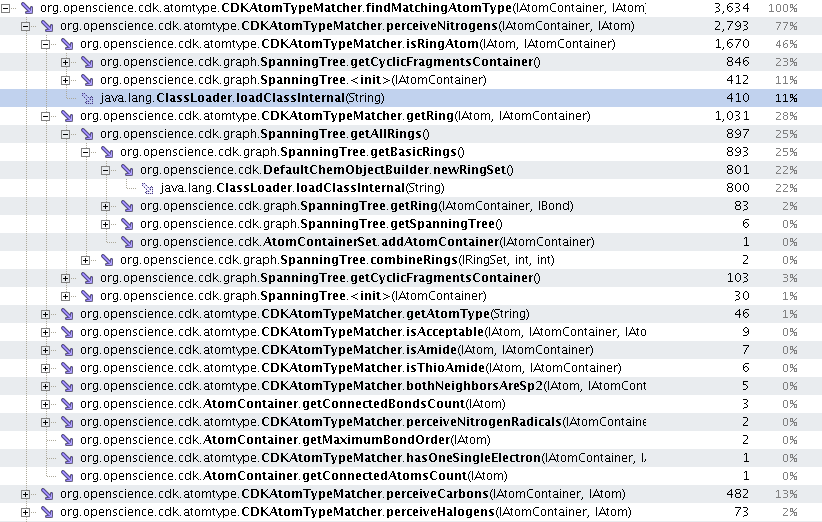-

MetWare screenshot: spectrum support
Not visually attractive, but that will be solved when Steffen gets his hands on it. For now, I’m happy with a table formatting. Reason: it uses XML Schema to define a dataType, which is recognized by our code generators in MetWare (see also this presentation), and used to create a easy to use Java API, which, in turn, can be used in this JSF snippet:
-
Scientific progress is a primary human need
Deepak asked me to comment on his blog post Is your web service open source?. With a slight delay, I did on FriendFeed. I’ll copy it here.
-
"The End of Theory: The Data Deluge Makes the Scientific Method Obsolete"
The thought triggering editorial “The End of Theory: The Data Deluge Makes the Scientific Method Obsolete” by Chris Anderson can’t have escaped your attention. I was shocked when I read the title and the comments made on the blogosphere and on FriendFeed.
-

Online, multiplayer metabolomics game!
I was just organizing my toreads, when I found this link: metabolaspel.nl, an online, multiplayer metabolomics game! It’s in Dutch, but I guess anyone will get the idea :) Two teams, each may have two players, fight each other in sugar-fat conversion, by tuning the metabolism parameters:
-
CDK Literature #5
Time flies. Another CDK Literature (see also #1, #2, #3, #4). Quite a few papers have been published again, and I’ll briefly discuss a few of them.

